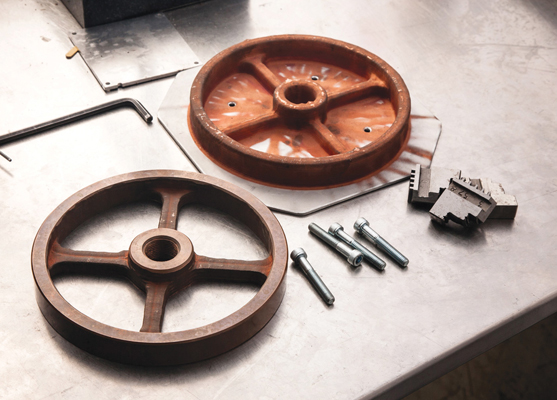Additive manufacturing is the future, and it’s time we take it seriously
To benefit from the rise in additive manufacturing, Australia needs to move fast and get its act together, say experts Alex Kingsbury and Ian Gibson.
Australia is seeing the dawn of a new age in manufacturing. The closure of the auto industry has highlighted the need to transition manufacturing to high value, export-oriented markets.
We ask ourselves: what are we good at? How can we be competitive? The answer is obvious: we have an excellent skills base in manufacturing and an overall educational achievement in the top 10 of all OECD countries. It is our skills and creativity that we can bring to bear in this transition of our manufacturing industry.
Fortunately, the decline in conventional manufacturing and our rise in educational attainment has intersected at a time of the rise of additive manufacturing (AM) and Industry 4.0, where AM is one of the core technologies in its deployment. The US, Japan, Germany, China along with many others are quickly adopting and industrialising the technology. No longer just a tool for rapid prototyping, it is being quickly deployed for high-end applications in the aerospace, medical, automotive and consumer product sectors.
In the past five years the world has seen a vast amount of new industrialisation. GE has spent in excess of $3.3 billion towards the development of AM and buying controlling shares of both Concept Laser and Arcam (who each make metal AM machines).
Last year, SLM Solutions (another metal AM vendor) saw its largest order to date, with 50 machines totalling $66 million spent in one transaction. HP entered the market, with a high polymer printing machine that is already being used by many bespoke product manufacturers. China is investing billions in AM technology and infrastructure. The world is moving on and AM is taking off.
While the same transactional level is not occurring in Australia, we are still managing to stake our claim with some of the world’s most impressive achievements. In addition, our tertiary institutions have made significant investments in additive manufacturing equipment, and are currently training today’s students to be experts in the field of additive manufacturing. We have already seen skill sets from our existing manufacturing industries transition easily to AM technology with only a small amount of upskilling.

